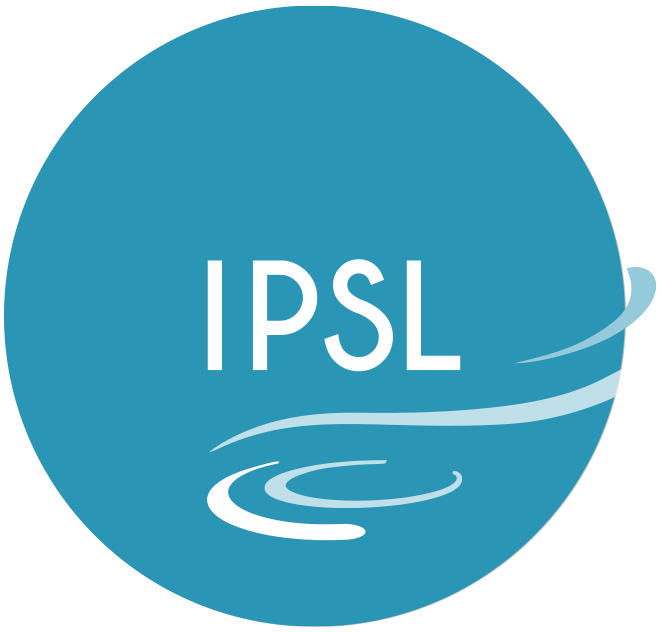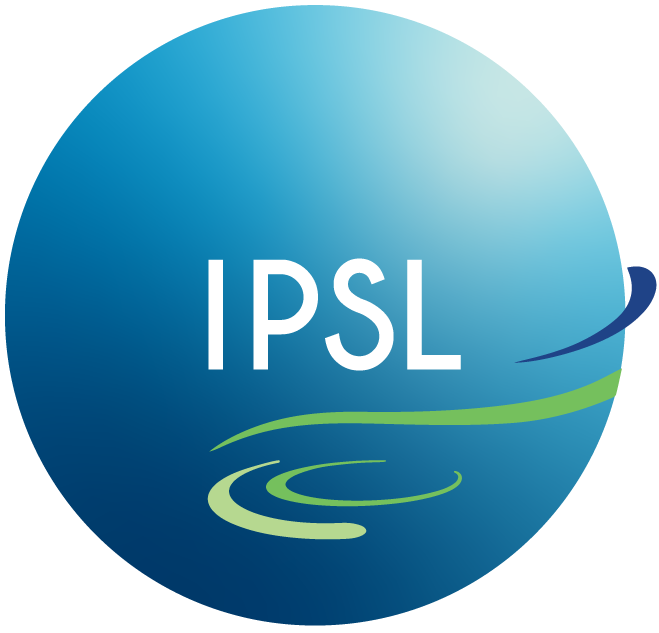The study of terrestrial and planetary environments today relies largely on developing systems for the collection, archival, processing and dissemination of observational data. These observations and instrumental systems focused on our planet can only be considered in long time-series so that the variations from an anthropogenic origin can be distinguished from those of natural origin.
The study of the planets, conducted mainly through space missions, are also projects that span several decades when we consider the time elapsed from the initial ideas to the trial phases through to the implementation of the mission. This is true also for the modelling of the climate and planetary atmospheres where time is required to create efficient tools through computer advances which evolve continuously.
Maintaining these systems over long time periods requires resources and expertise that each laboratory does not have access to individually. These long-term projects therefore require shared tools which must be designed at the national level, at least, and which capitalise over time on the efforts of the national or even international communities.
SIRTA
The instrumented site “Instrumental Site for Research through Atmospheric Remote Sensing” (SIRTA) is one of the few sites in Europe offering the instrumentation, facilities, and hosting capabilities necessary to study atmospheric physico-chemical processes from the surface to the top of the troposphere, passing through the boundary layer, to facilitate understanding of climate feedbacks at regional and decadal scales, to evaluate atmospheric models (climate, weather, chemistry-transport) and to validate space observations.
AERIS
Research in the atmospheric field concerns themes such as dynamics, physics and atmospheric chemistry. It also includes work more oriented towards the study of climate change. To carry out this research, the scientific community uses models but also observations obtained on the ground, by means of satellites or airborne devices.
One of the challenges of this century is to make this data accessible to a large community, whether for research activities or commercial applications. To be useful, these observational data must be calibrated, validated and homogenized. It is in this context that AERIS is involved.
The Alysés platform (Platform for Experimentation and Analysis of Tropical Soils and Sediments)
The Alysés platform (Platform for Experimentation and Analysis of Tropical Soils and Sediments) is located on the campus of the IRD’s Ile-de-France Regional Delegation in Bondy. It is designed for researchers and students, from South and North countries, concerned by the formation of soils and sediments and their biological, chemical and physical functioning.
The platform enables the study of markers of variations in environmental conditions in marine, coastal, lacustrine or continental contexts. The Alysés platform associates the IRD and Sorbonne University through LOCEAN and iEES-Paris research units which have a strong expertise on the study of proxies providing reliable information on climate and current anthropogenic impacts on the environment.
The specificity of the platform is to gather on the same site a complete set of analytical equipments for mineralogical, organic, geochemical and biological analyses of soils, sediments, and carbonate archives allowing for paleoclimatic reconstructions.
Combine to numerical simulations, these data enable us to improve our understanding of the processes and impacts of current and past forcing on climate and environmental dynamics, in order to better predict future evolutions.
PANOPLY
Located on the “Plateau de Saclay”, PANOPLY offers to the academic and industrial scientific communities an array of high tech resources in the fields of Earth, Climate, and Environmental Sciences.
This integrated platform, provides a wide array of high quality services (ranging from routine analyses to full scientific collaboration) and brings together expert research teams operating in a highly professional environment. It opens access to cutting edge technology in the fields of geochemistry and mineralogy.
PANOPLY is organised into four principal centres of expertise – mineralogical analysis, elemental analysis, isotopic analysis and radioactivity measurements – each of which encompasses a package of technological platforms that have been brought together under the supports of PANOPLY in order to optimise the provision of complementary services.
QUALAIR
Qualair is an experimental research platform installed in the centre of Paris to observe the chemical and dynamic variability of the atmospheric column. The research carried out, climatological analyses and process studies, fall within the broader themes of the impact of urban pollution on a regional scale, and the relationships between city, health and the environment.
This station is also designed to serve as an urban site for satellite validation, a place where new instruments and synergies for instruments are developed. Finally, it participates in regional, national and international measurement networks.

